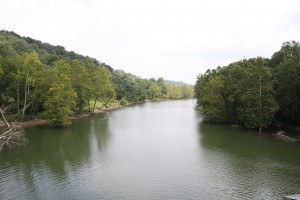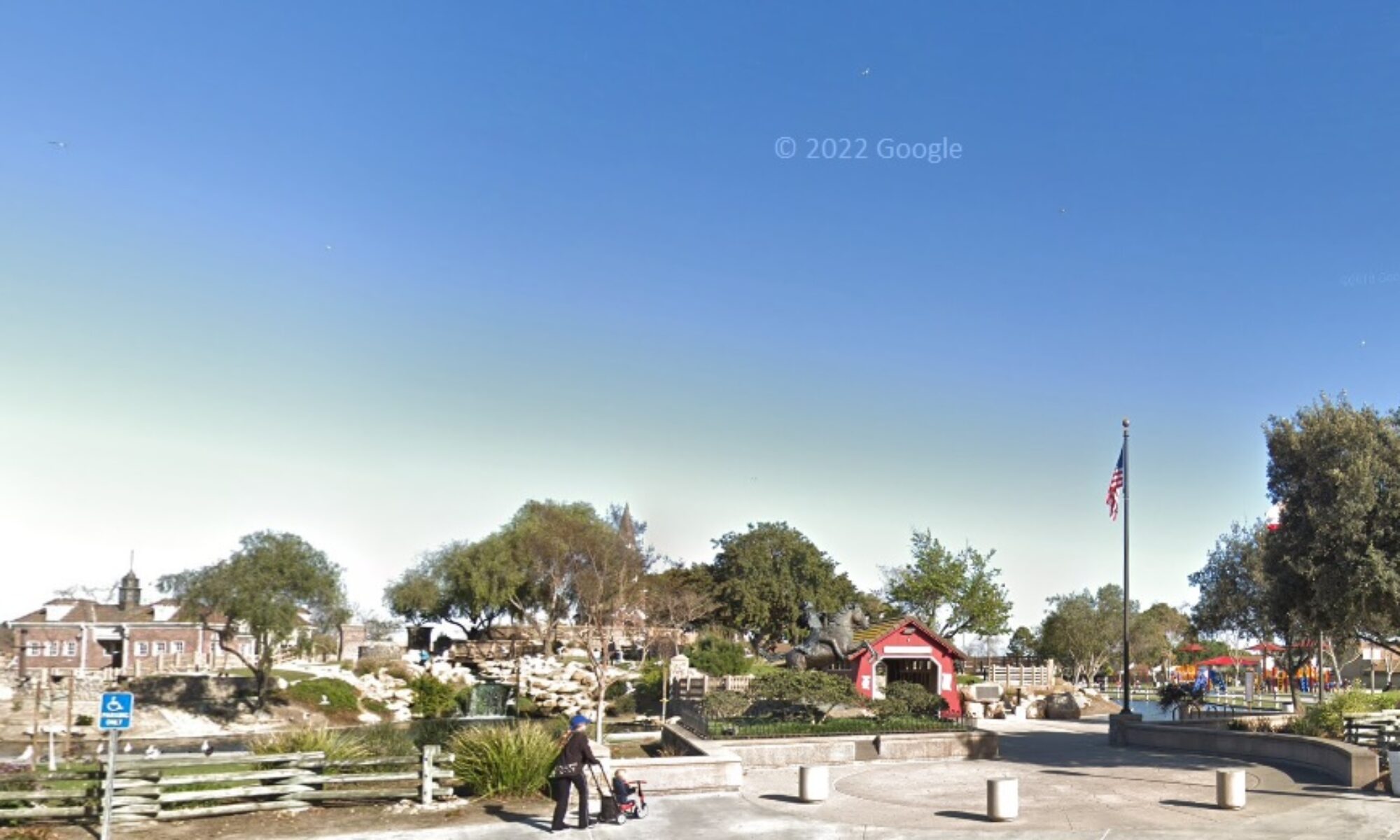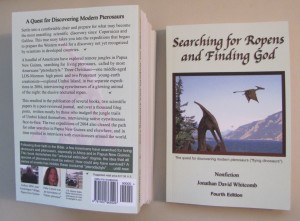Have you seen a live pterodactyl flying overhead (I know that sounds crazy)? My first advice is this: Don’t doubt your sanity; my second: Don’t take it upon yourself to convert the Western world to your discovery of non-extinct pterosaurs. Get acquainted with the other eyewitness sightings and then report your own encounter to a cryptozoologist who specializes in that kind of cryptid, not to put too sharp a point on it: report to me.
Actually I would prefer an eyewitness would contact me first, before reading what many other eyewitnesses have seen, but I’m realistic: When somebody sends me an email to tell me about an encounter with a non-bat featherless flying creature, that person has probably already searched online and read about other sightings of apparent pterosaurs.
Skeptics and the Insanity Issue
Critics who dismiss my writings—they often mention misidentifications or hoaxes, as a general panacea, what I consider a snake-oil explanation. Skeptics don’t generally suggest eyewitnesses are crazy, although that word has been used when critics have brought up the names of those who openly believe in modern pterosaurs and promote the idea, like me and my associates.
Some eyewitnesses have been plagued by thoughts of personal insanity; that critical fact is overlooked by skeptics. A common bird or bat, under uncommon conditions, might look like a pterosaur, to somebody. Of course that’s possible; my associates and I understand such generalities. But sighting reports are about specific human experiences, and skeptics have been swimming in their own imaginations with hypothetical sightings. How dearly we need to examine the actual reports themselves, including references to how the eyewitnesses felt during and after their encounters.
The sightings reports that are sent to me sometimes refer to personal doubt about sanity. Sometimes an eyewitness will say something like, “I thought I was crazy.” That is not so easily dismissed by skeptics. A psychotic person does not come to think of insanity as an explanation for delusion or hallucination. A mentally healthy person who observes something he or she always thought impossible—that person could doubt personal sanity, but it would take a very clear observation of what was thought impossible. Just about the last thing a human wants to consider is the possibility of being crazy.
In the 128 more-credible reports that I compiled at the end of 2012 (and analyzed), 53% of the sightings involve more than one lone eyewitness. That alone counts heavily against hallucination conjectures. But how do you explain an eyewitness who immediately doubts personal sanity after observing an apparent pterosaur? A vague encounter with something flying in the shadows would not cause a person to think he or she was crazy. Something about the encounter must have been clear enough, convincing enough, to the person, that personal sanity was questioned. How often does anybody have that kind of experience? If the encounters were extraordinary enough for that, then why insist that the thing observed must have been ordinary?
A few Sightings with Doubts About Personal Sanity
Maybe it’s a wonder that eyewitnesses of modern pterosaurs in Western countries report anything to anybody. I believe those who report their encounters are rare indeed, for a number of reasons. But for now, let’s consider a few reports in which an eyewitness had thoughts about being crazy.
In the Pinelands of New Jersey, in 2009, an appearance of a flying creature caused an eyewitness to send me a report that included the following:
“I saw a giant batlike bird, dark brown, without feathers . . . with a long thin head, a long tail, kind of leathery dark brown skin. The body seemed to be the size of a good sized man. The wing span, maybe 12-15 feet across. . . . I don’t know why I’m sending you this e-mail, maybe I just need someone to tell me I’m not crazy and that I really did see this creature.”

A lake in Virginia
In the fall of 2012, an eyewitness sent me an email about an encounter she had years earlier, in Virginia (The report is on pages 183-191 of Searching for Ropens and Finding God, third edition). Here are some brief excerpts:
I was seventeen at the time of this encounter. It was very late at night. . . . I’d place the time to be somewhere between ten and midnight . . . I have no plans to be held in ridicule by my family, friends or the general population for that matter. I would REALLY like a logical explanation for what I saw . . .
I went swimming . . . at a local reservoir . . . I was standing straight up in the middle of the U section with the water about as high as my hips and I was making some splashing I remember, rather loudly, right before I saw it. It came from the direction of the moon . . . all I saw was its silhouette. I could see it was big even before it was close. . . . I have not before nor since ever been so petrified in my life. . . . I was frozen with fear . . . I felt incapable of moving my legs.
. . . The wings were somewhere between 15 and 20 feet wide and they covered the entire opening to the U-shaped inlet when they were open. The wings were bat shaped without feathers, the head’s silhouette looked like a point (again, could not see facial features as it had the moon behind it) like a head crest but what I was looking at more than anything else was its large, sharp talons.
. . . it stopped, but when it hovered there mid air 20 to 30 feet away directly in front of me about 15 to 20 feet above the water level, it moved its wings from wide outside to inside in front of its body twice which made a big “Whoosh!” sound both times and the wind it created made waves in the water coming towards me and blew my hair back and then it flew off. . . .
I think almost immediately the word ‘pterodactyl’ came to mind. . . . But almost just as quickly, I entertained the idea that it was a bird with which I was unfamiliar and which must be relatively rare in Virginia. . . . obviously a rare bird seemed more likely than a living dinosaur . . .
I think also, being afraid that I was going crazy and would soon have other wild hallucinations, I didn’t say what I thought it looked like at the time to the friend who was with me. . . . Incidentally, I had never witnessed anything out there like that before or since, nothing paranormal, no bigfoots, etc, nothing. So I eventually felt comfortable ruling out going crazy after a passage of a couple of years and no further possible hallucinations or any of the like. Also, I have never even tried illegal drugs and was not on any medication at the time, so obviously that explanation was ruled out . . .
.
Many other eyewitness, unfortunately, have doubted their own sanity because of countless years of Western indoctrination regarding extinctions of dinosaurs and similar creatures.
Pterosaur Sighting in Kentucky
I live in Lamero, Kentucky . . . I have a friend who lives near Renfro Valley . . . a little after sunset [but] still daylight . . . Approaching us . . . flying westward were two very large animals. They were really moving on. . . . They appeared to be a brownish color and had every characteristic of a pterodactyl, from head to tail. I’d say they were roughly 15+ feet long.
###
.
Searching for Ropens and Finding God – AKA “the Bible of modern pterosaurs”
This is the fourth edition of this nonfiction paperback on sightings of modern living pterosaurs, also known as “pterodactyls.” Prepare for an incredible journey into the lives of those who have searched for these wonderful flying creatures and into the lives of ordinary persons who never dreamed that they would ever encounter a “living fossil.” This is real nonfiction, in a cross genre that is more cryptozoology/true-life-adventure than spiritual. It was written for readers of all faiths. The many eyewitnesses of the flying creatures come from various countries and backgrounds and religions, so this book is written to be enjoyed by people of various backgrounds and religions.
For more information, see the home page for this nonfiction book.
.



